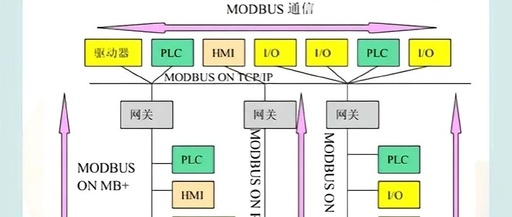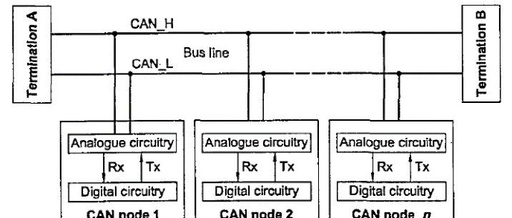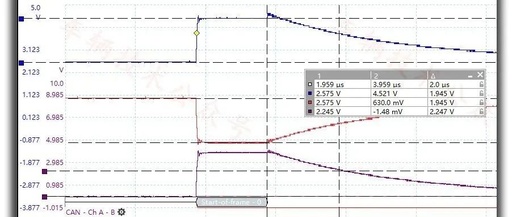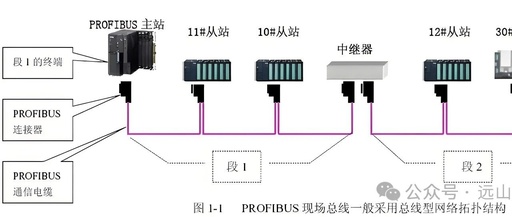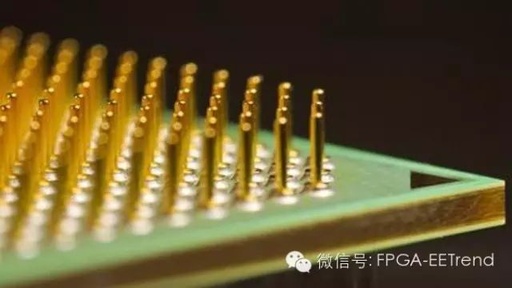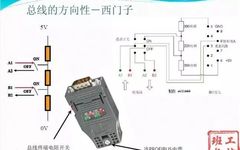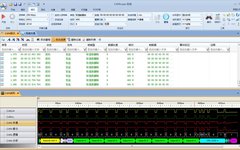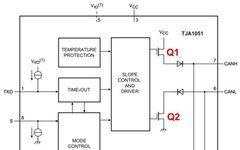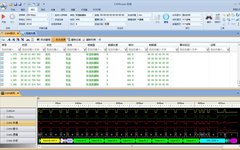Unveiling the Core Mechanism of RS-485 Communication: The Key Role and Implementation Principle of 120Ω Termination Resistors
Common “Difficulties” in the Field One of the most troublesome issues during device debugging: RS-485 communication is unstable, with intermittent data transmission. The program logic is fine, the cable connections are correct, and there are no address conflicts, yet communication timeouts, data corruption, and sporadic failures still occur. Changing cables, adjusting baud rates, and checking … Read more
